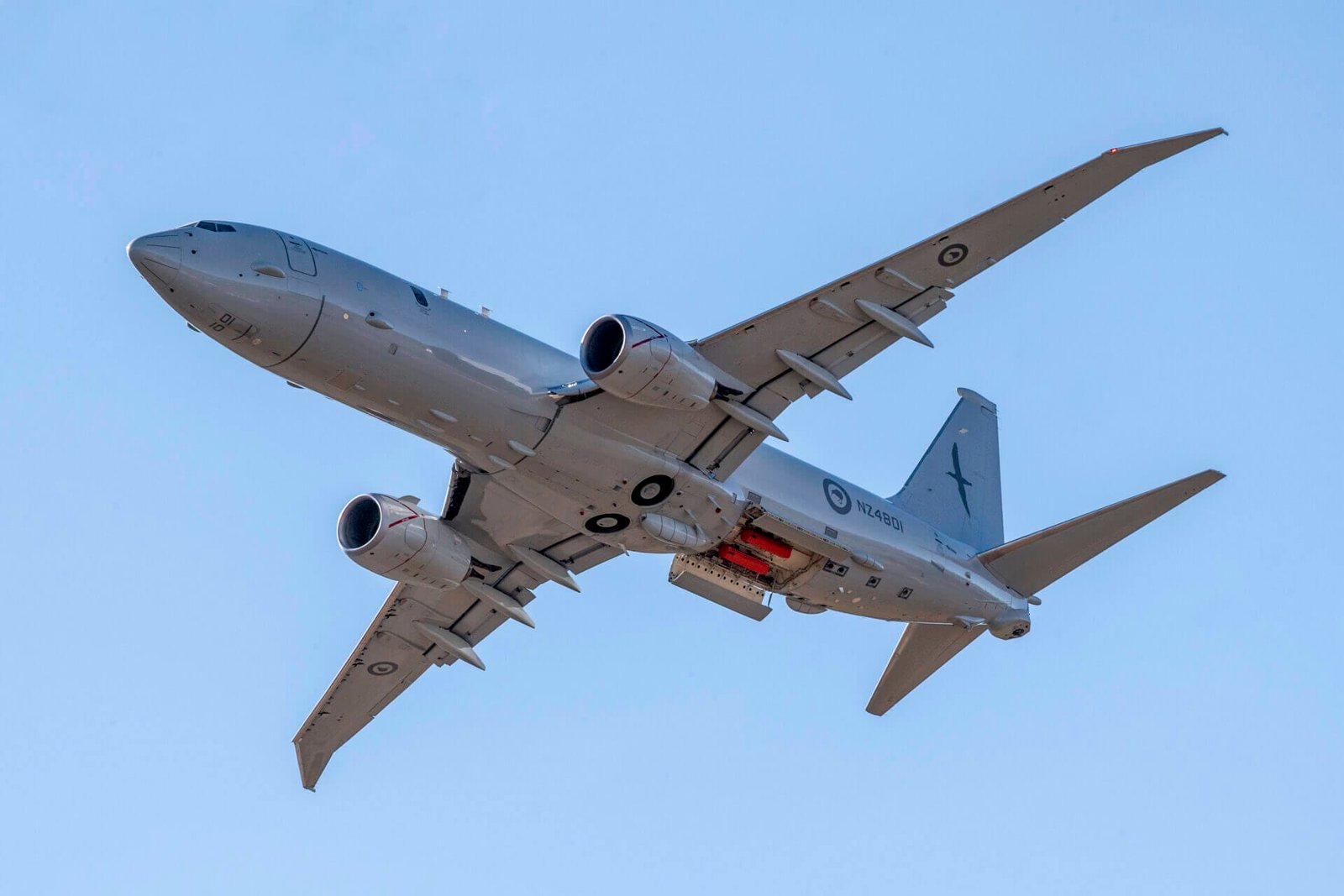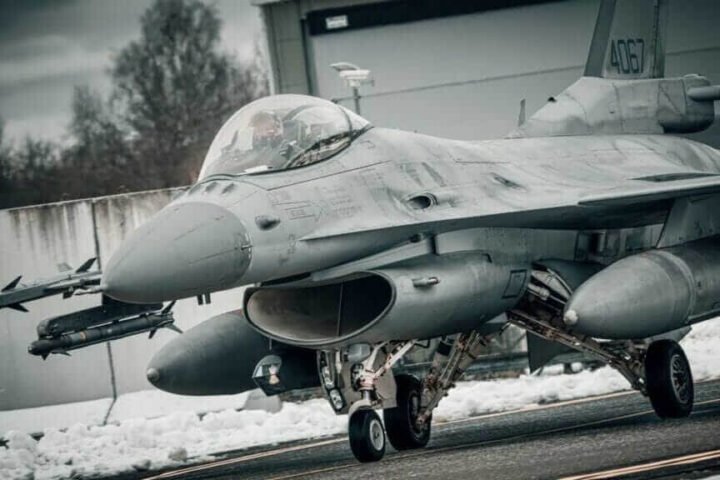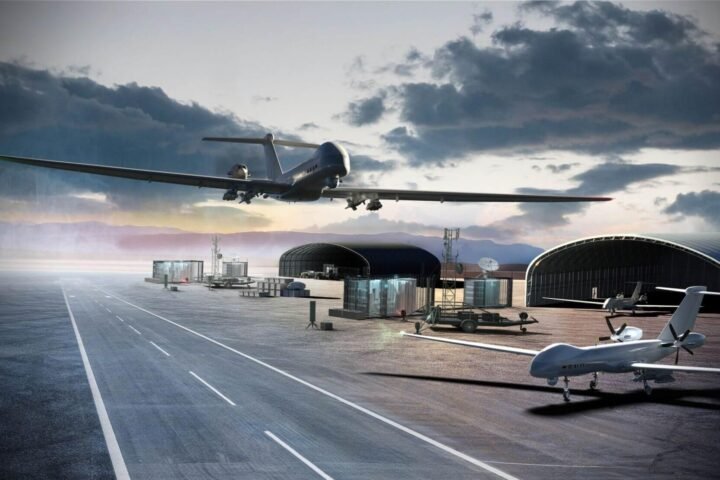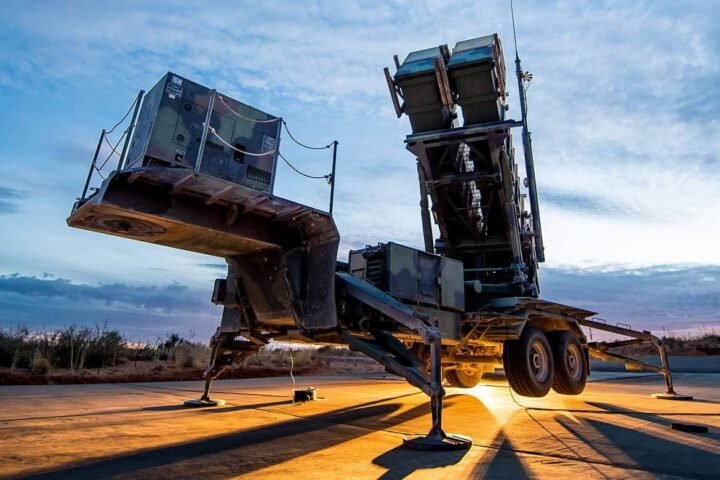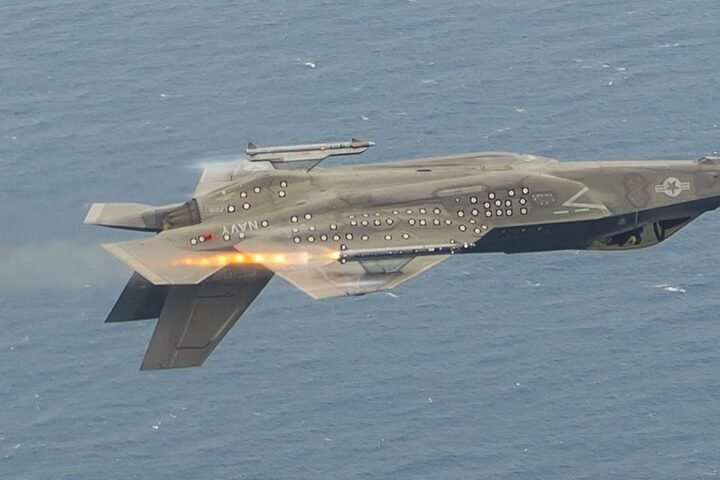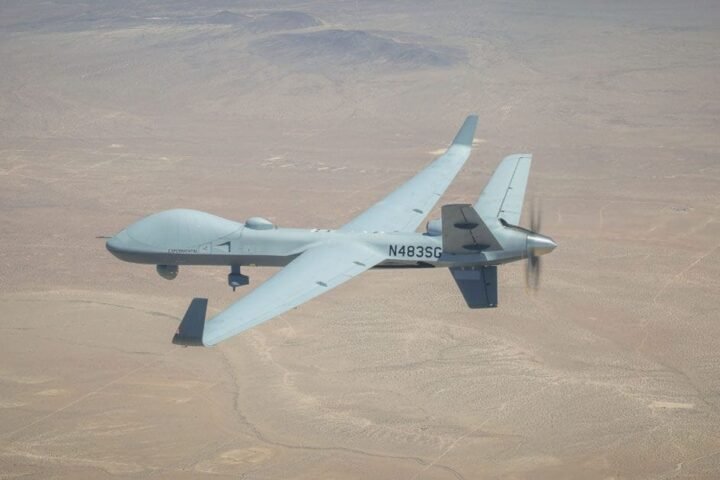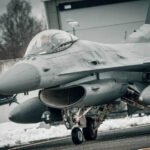On **August 15, 2025**, the **Royal New Zealand Air Force (RNZAF)** officially launched the new 20,000 square meter complex at **Base Ohakea**, in the Manawatū region.
This facility, named **Te Whare Toroa – the House of the Albatross**, a nod to the symbol of the No. 5 Squadron, represents a strategic investment of over **$250 million** and is set to become the operational core and training center for the four **Boeing P-8A Poseidon** aircraft acquired by New Zealand.
The opening ceremony was attended by Defense Minister **Judith Collins KC**, Chief of Defense **Air Marshal Tony Davies**, and Air Force Chief of Staff **Air Vice Marshal Darren Webb**. Collins emphasized that the facility and the Poseidon fleet are a “mission critical” capability for the country, essential for **maritime surveillance, resource protection, search and rescue operations, and response to natural disasters**.
The minister noted that the new center is part of a broader **Defence Capability Plan**, which envisages commitments of **$12 billion** over the next four years and a doubling of the defense budget by 2032.
**Training Capacity**
One of the most innovative aspects of Te Whare Toroa is its impact on training capacity. In the past, RNZAF crews had to travel to Australia to use the Poseidon flight simulators. With the installation of a **full-motion flight simulator** within the new hub, which will be operational from 2026, New Zealand will be able to autonomously train its crews and even offer training opportunities to allied air forces, including the Australian ones.
**No. 5 Squadron Commander, Wing Commander Mark Chadwick**, highlighted how the new institutional culture is already being transformed by the new facility. For the first time, all personnel – flight, maintenance, mission, and support teams – are working in the same complex, promoting everyday cooperation and better coordination of operations.
**An Integrated Hub**
In addition to hangars for the four Poseidons, the facility includes a **spare parts warehouse**, **maintenance workshops**, the **mission operations center**, and the previously mentioned flight simulator. This integrated approach streamlines logistics, training, and planning under one roof, increasing efficiency and reducing response times.
The project is part of an overall **$2.3 billion program** that led to the delivery of the P-8A in 2023, including mission systems, ground support, and spare parts.

